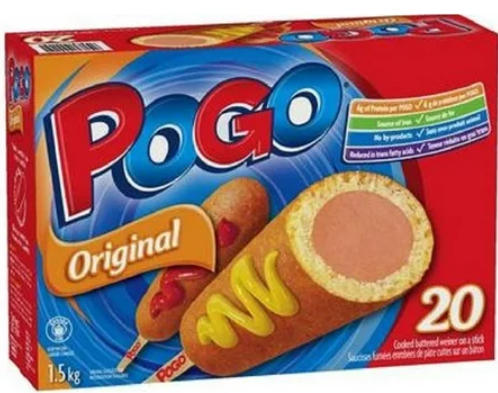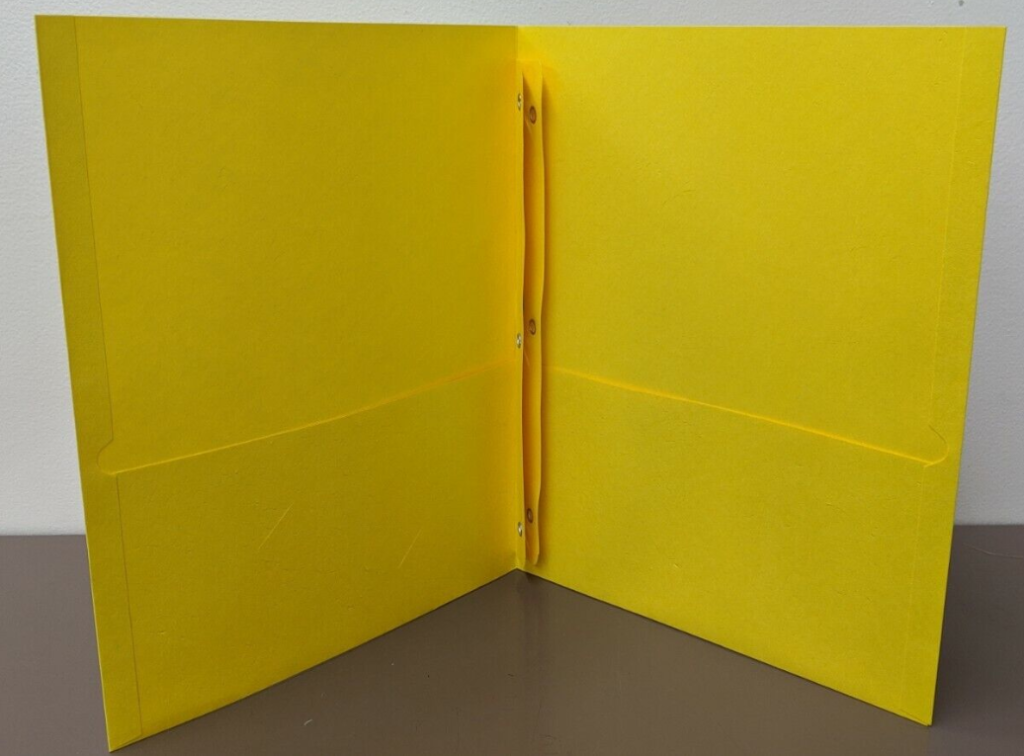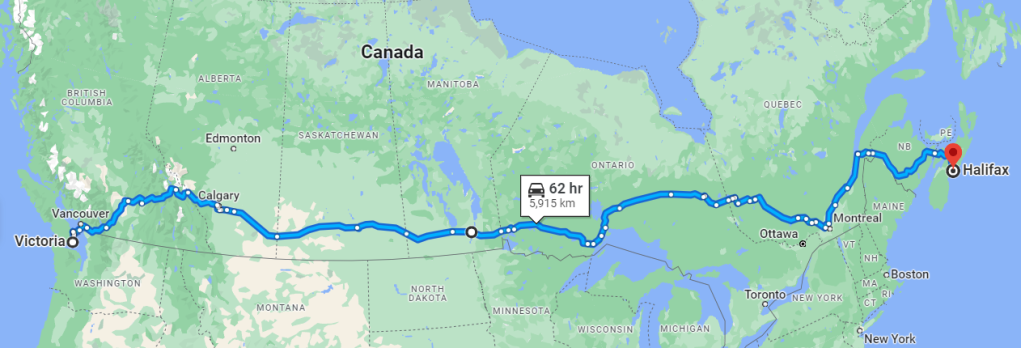The time has come, once again, for me to share what I know about the unique food scene of our new home. To be honest, this was a little easier to do in Poland, China, and Mexico, where the respective cuisines are a tad more well-defined, but Canada, too, has its fair share of fun foodie finds, not to mention a plethora of food fusions thanks to its mosaic of multiculturalism. So, without further ado, here is my catalogue of Canadian cuisine.
Savory Things:

Poutine – The first entry obviously has to be poutine. This Quebecois dish is probably the most well-known outside of Canada, which makes sense because it’s absolutely delicious (albeit rather unhealthy). French fries and cheese curds covered in a brown gravy – what’s not to love?
Tourtière – Pronounced “tor-tee-air”, this dish, somewhat unsurprisingly, also comes from Quebec. It’s a massive baked meat pie popular around the holidays in Quebec and New Brunswick, and it might just be one of the most comforting dishes you can have in winter!
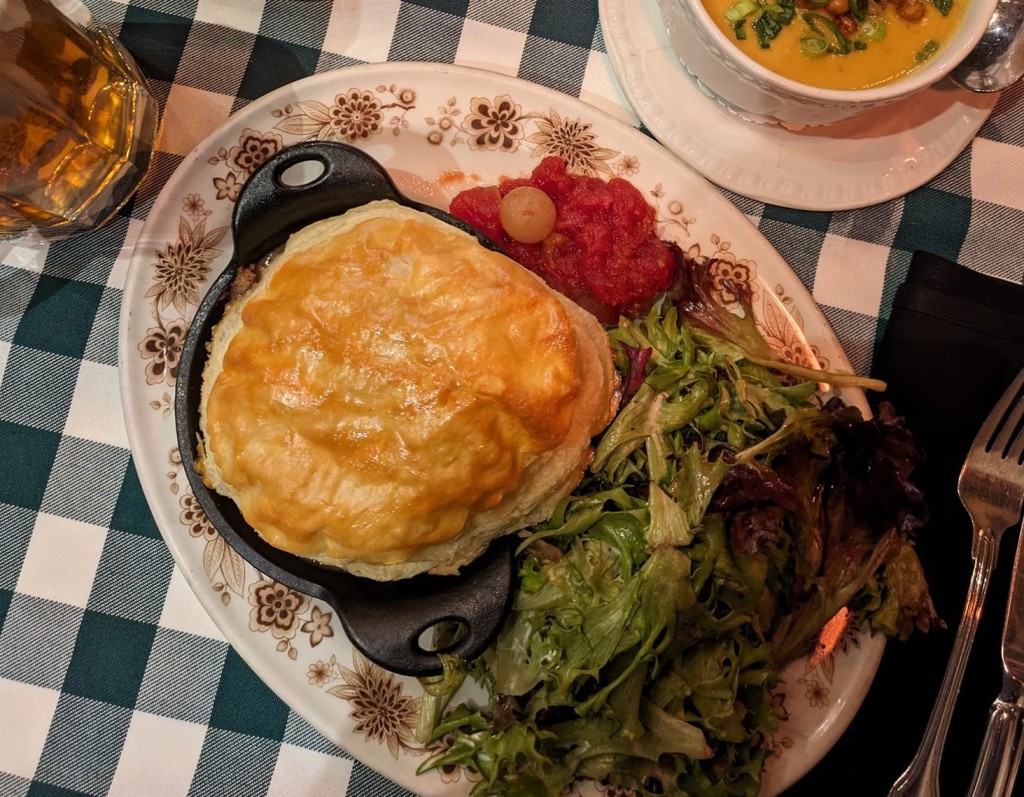
Montreal Smoked Meat – Montreal has quite a few regional specialties, but one of the most famous has to be the Montreal smoked meat. It’s a kosher-style deli meat, similar to pastrami, that is most often eaten piled high on a rye-bread sandwich slathered with mustard.
Halifax Donair – One of only two things on this list that I, personally, haven’t tried yet, the Halifax Donair is a great example of the many food fusions that exist in Canada. A version of the more traditional Doner kebab, Nova Scotia’s variant is usually a spiced ground beef on Lebanese flatbread covered in a sweet “Donair” sauce, which is made of condensed milk, vinegar, sugar, and garlic.
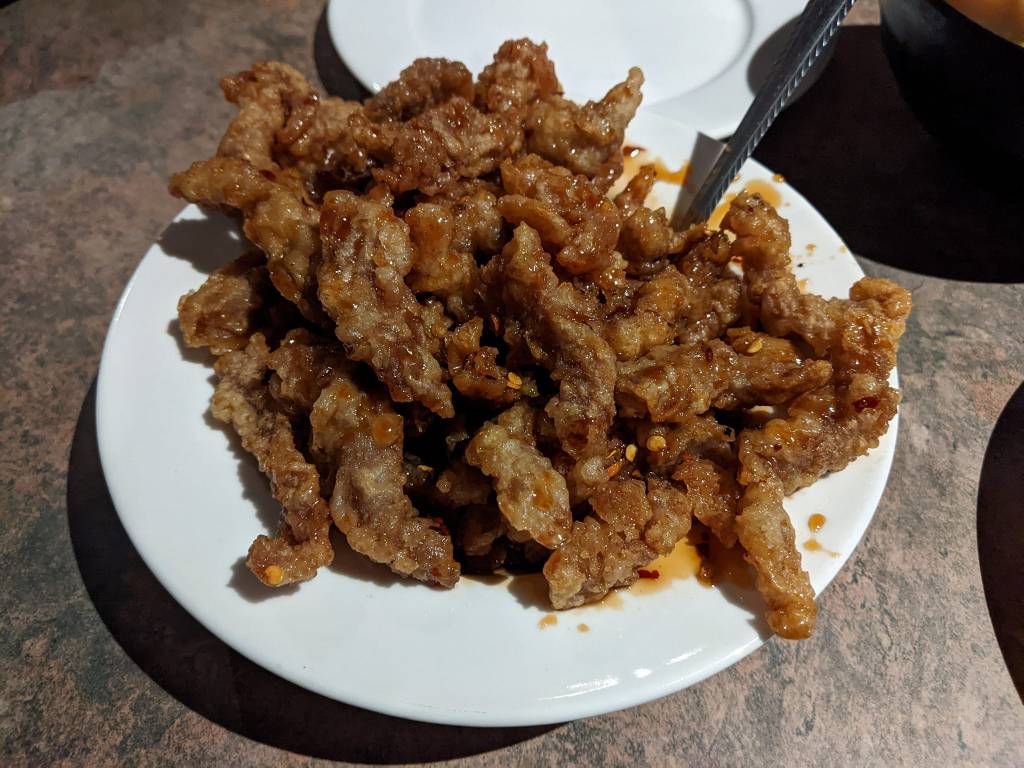
Ginger Beef – An Alberta specialty this time, introduced to the country (and the world) by Chinese-Canadians, ginger beef is a hearty dish of deep-fried strips of beef coated in a sweet, sticky ginger sauce. Another fantastic fusion for the win!
Hawaiian Pizza – Yes, you read that right. Hawaiian pizza does in fact come from Canada. The name wasn’t really even a reference to the US state, it was just the brand of pineapple they used at the time. Fun facts!
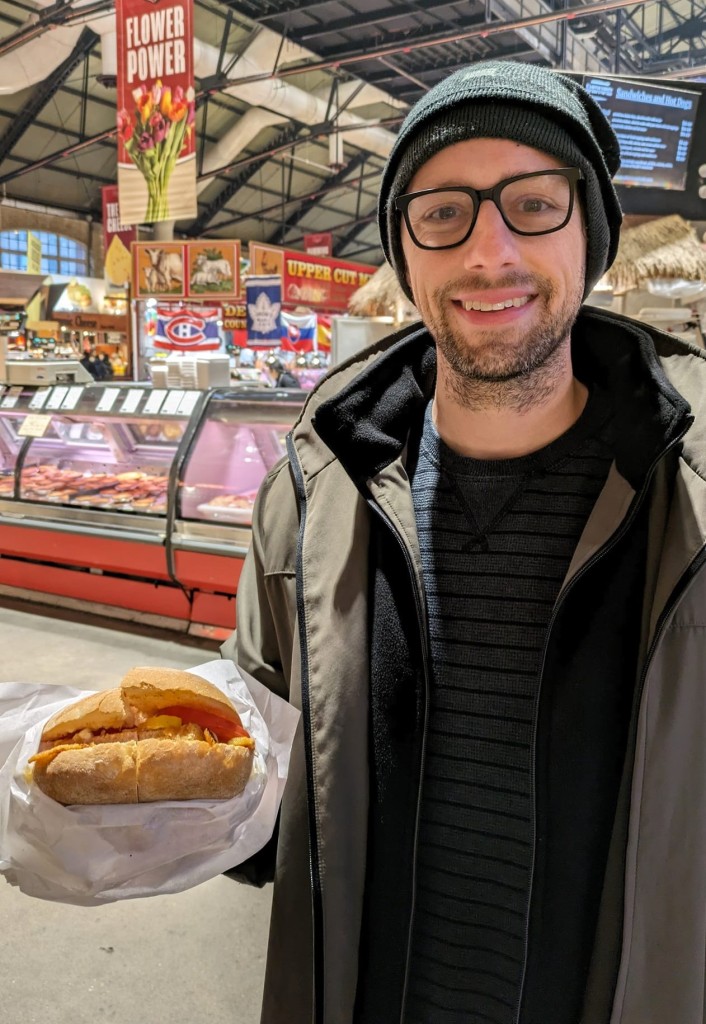
Peameal Bacon – Sometimes erroneously thought to be the same as “Canadian” bacon, peameal bacon is actually so much better! It’s a very lean piece of cured pork that is then rolled in cornmeal (previously crushed yellow peas, thus the name) and is eaten much like bacon, either as a breakfast staple or on various sandwiches.
KD – If you know me, you know I love macaroni and cheese, so I couldn’t leave Kraft Dinner off the table. I mean list. KD looks a lot like Kraft Mac & Cheese, and it is from the same company, but the Canadian version definitely tastes and hits different, trust me.

Ketchup Chips – Canadians love their ketchup, so it’s no surprise that one of the most popular and abundant chip flavors here is ketchup. It makes sense, right? We eat French fries with ketchup. Why not potato chips? Do they really taste like ketchup though? Umm…kind of?
All-Dressed Chips – Usually one of the first signs we’re back in Canada is an all-dressed chips sighting. A bold favor combination of ketchup, BBQ, sour cream & onion, and salt & vinegar; you either love ‘em or hate ‘em, and I love ‘em!
Sweet Things:

Butter Tarts – Butter tarts are super Canadian, eh! I eat them, and I think Anne of Green Gables, a warm fireplace on a cold winter night, kids playing hockey on the lake out back, etc. They’re small, sweet, gooey pastries that are simply delicious.
Maple Taffy – If butter tarts represent classic Canadiana, maple taffy (or tire d’érable) is pure Quebecois bliss. In truth, there are several maple syrup items I could have put on this list, but I went with maple taffy because it’s both a food and an experience.
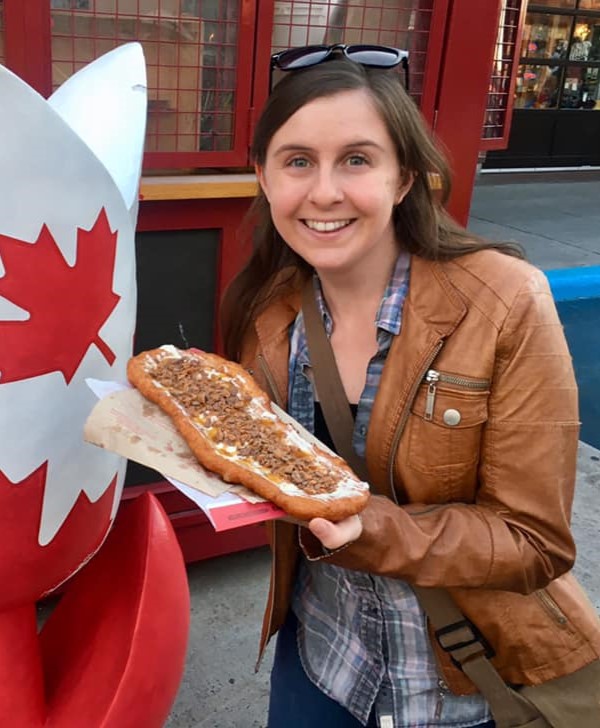
Beavertails – Easily my favorite sweet treat in Canada, a beavertail is a piece of fried dough (in the shape of a beavertail, obviously) that is covered in a variety of toppings. A classic option is cinnamon, sugar, and lemon juice, which is just perfection.

Timbits – Another sign you’re in Canada (or at least near some Canadians) is the presence of a Tim Horton’s. Colloquially know as Tim’s or Timmy’s, this is where you must go to get Timbits, which are famous Canadian donut holes that come in surprising flavors such as sour cream, honey dip, and apple fritter.
Nanaimo Bars – Coming all the way from British Columbia, the Nanaimo bar is another classic Canadian dessert. Traditionally three layers: a coconutty wafer on the bottom, a thick custard in the middle, and a chocolate ganache on top; it’s basically the perfect no-bake combination.
Pouding Chômeur – Or “Poor Man’s Pudding” is a dessert that came about during the Great Depression. It’s as simple as it is delicious: yellow cake or bread smothered in hot syrup or caramel.

Saskatoon Berries – The other item on this list that I have yet to try, Saskatoon berries are a locally grown and historically important ingredient in Canadian cuisine. In fact, I recently learned that the city Saskatoon actually got its name from the berry, not the other way around.
Coffee Crisp – Coming from the US, I’m spoiled for choice when it comes to candy bars, but we have nothing like the Coffee Crisp. I’m not even a coffee-drinker, and I love this candy bar!
Sippable Things:

Caesar – Canada’s version of the Bloody Mary, this cocktail contains vodka, Clamato juice, hot sauce, Worcestershire sauce, celery salt, and various garnishes. When I first tried one, I had no idea what Clamato juice was…cue my complete surprise at tasting seafood in my drink!
Sortilège – Another surprise (of a much more pleasant variety), Sortilège is a maple liqueur made with Canadian whisky. So smooth, so tasty, and quite strong, this is peak Canadian alcohol, which is really saying something.
And that’s my list! At least for now, because I’m sure we’ll run into many more Canadian treats as we continue on in the Great White North. I do hope you enjoyed reading about some of Canada’s finest creations, and be sure to tell me which ones you want to try whenever you visit! Bon appétit !



